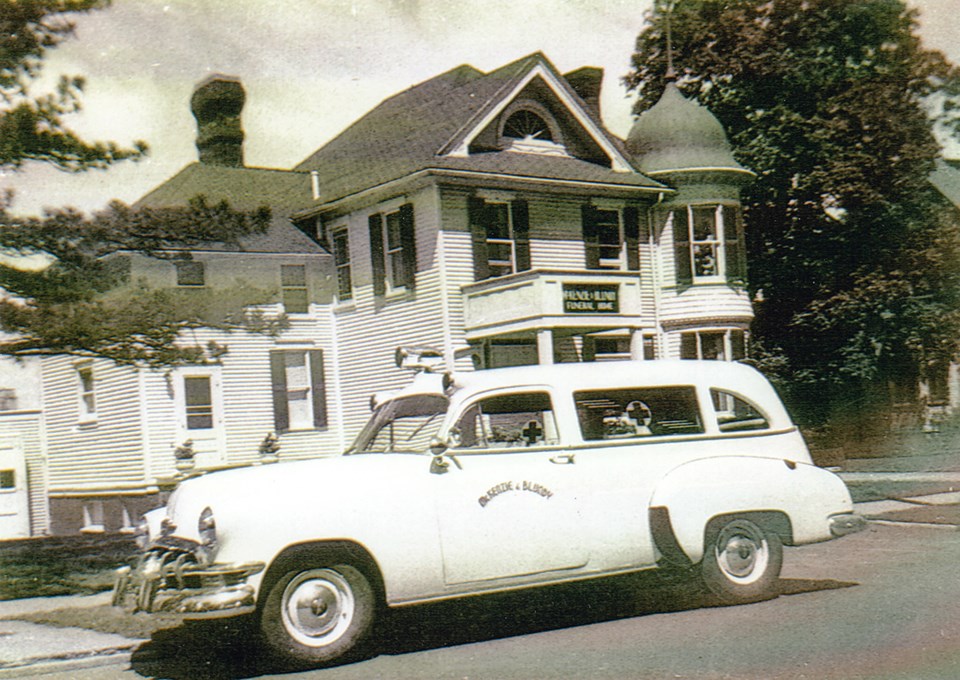Phil Egan
When you reach your 70s you find yourself remembering things many didn’t know existed.
Like the funeral home ambulance.
It seems a little known fact today that fifty years ago it was funeral homes that operated the ambulances that rushed to accident scenes and took the sick to hospital.
In Sarnia, D.J. Robb, Phillips, and Mackenzie & Blundy each ran their own ambulances, and why they had them is an intriguing tale.
Before the U.S. Civil War, most soldiers preferred the idea of dying in battle to the alternative of lying wounded on a battlefield, possibly for days. But that began to change with the Civil War, when wagons became the first ambulances used to evacuate the wounded from the field.
When cars and taxis began appearing on Sarnia’s streets in the first decade of the 20th century, funeral homes needed large motorized vehicles to transport the caskets of the dead. Undertakers were becoming known as morticians and funeral directors. It made sense to use the vehicles as ambulances when not carrying the dead.
Funeral directors, after all, were already on call 24 hours a day, and they had some medical knowledge.
Ambulances not only took the injured to the hospital, they transported patients to and from nursing homes and even gave newborn babies and their mothers a lift home. The equipment was often sparse – a stretcher, a blanket, a first aid kit or a tackle box filled with gauze and bandages.
The early, horse-drawn ambulances would sometimes carry a bottle of whiskey to numb the pain.
The McKenzie & Blundy Funeral Service ambulance was special, however. It was the first in Lambton County equipped with oxygen. The custom vehicle was built on a 1950 Pontiac Fleet Leader sedan chassis, and its attendants were fully trained.
Phillips Funeral Home on Victoria Street went dormant during the war years and never re-opened. Robb Funeral Home and McKenzie and Blundy each abandoned their ambulance service during the city’s rapid growth in the mid-1950s. The funeral home ambulances were replaced by Middleton and Ballantyne ambulance services.
Some communities in Ontario maintained funeral service ambulances until the 1970s. By that time, ambulances had transformed from basic transport vehicles into miniature mobile hospitals with fully trained EMT attendants.
Grant McKenzie, the son of founder Don McKenzie of McKenzie & Blundy Funeral Service, recently gave me an ink blotter (remember them?) from the 1950s promoting its ambulance service.
It urged people to “phone 4040” for immediate service in their modern, oxygen-equipped ambulance. It’s an interesting artifact from a disappeared time.
